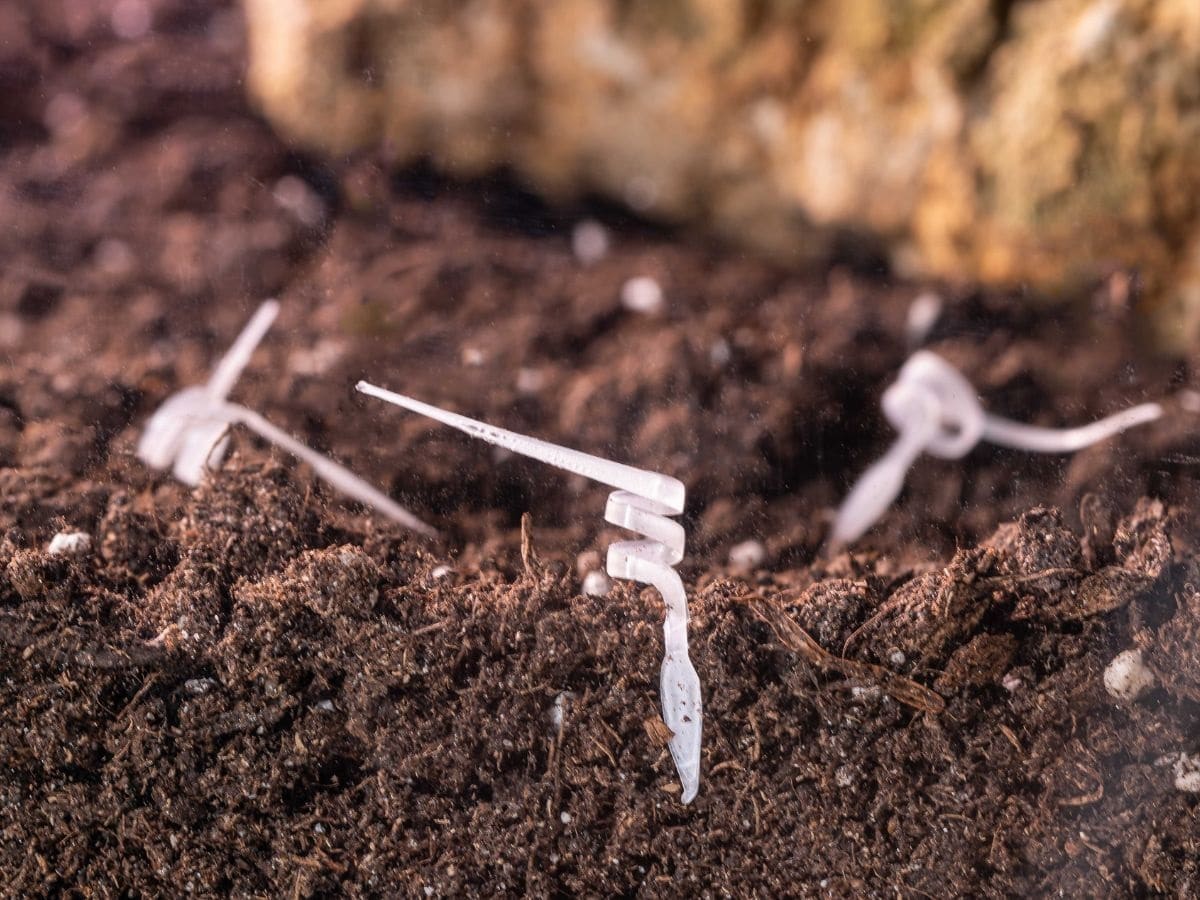
Researchers at the Istituto Italiano di Tecnologia (IIT-Italian Institute of Technology) in Genoa, in collaboration with the University of Trento, have developed the first 3D-printed biodegradable seed robot, able to change shape in response to humidity. The robot is part of the European project “I-Seed.”
The artificial seed is capable of transforming itself and moving around the environment autonomously and may find applications in various fields, from environmental monitoring to reforestation.
The main goal of the European project I-Seed is to create innovative robots inspired by plant seeds and able to act as sensors for monitoring soil quality parameters – including the presence of pollutants such as mercury – and air metrics, such as CO2 levels, temperature, and humidity. The I-Seed project was started on January 2021.
The first I-Seed is inspired by the seed structure of a South African geranium, the Pelargonium appendiculatum. Its ability to change shape in reaction to variations in humidity in the surrounding environment, the so-called hygromorphic structure, is replicated.
“Our studies started from the observation of nature, with the aim to imitate the strategies of living beings or their structures and replicate them in robotic technologies with low environmental impact in terms of energy and pollution,” explained Barbara Mazzolai, Associate Director for Robotics of the IIT and coordinator of the EU-funded project I-Seed.
When the right environmental conditions occur, the seeds of the Gerianaceae family of flowering plants, which includes geraniums, detach from the plant and exploit their hygroscopic (humidity-activated) properties. After detaching, they change shape and move independently to explore and penetrate the soil, thus increasing the chance of germination. Interestingly, these seeds exploit dead cellulose-based tissues that lack metabolism and can deform, exploiting only changes in environmental humidity.
By analyzing the structure and biomechanics of the natural seed, researchers replicated the seed design by using and combining 3D printing and electrospinning techniques. To identify the best solution, different materials with characteristics adaptable to the desired application were tested, such as materials capable of absorbing humidity and expanding, like cellulose nanocrystals and polyethylene oxide, coupled to biodegradable and thermoplastic polymers based on Polycaprolactone.
“With this latest research,” added Mazzolai, “we have further proved that it is possible to create innovative solutions that not only have the objective of monitoring the well-being of our planet but that do so without altering it. “
“These biodegradable and energy-autonomous robots will be used as wireless, battery-free tools for surface soil exploration and monitoring. This bioinspired approach has allowed us to create low-cost instruments that can be used to collect in-situ data with high spatial and temporal resolution, especially in remote areas where no monitoring data are available,” added Luca Cecchini, a Ph.D. student at IIT in collaboration with the University of Trento and first author of the study.
Journal reference:
- Luca Cecchini, Stefano Mariani, Marilena Ronzan, Alessio Mondini, Nicola M. Pugno, Barbara Mazzolai. 4D Printing of Humidity-Driven Seed Inspired Soft Robots. Advanced Science, 2023; DOI: 10.1002/advs.202205146
First biodegradable seed robot to monitor the environment
Source: Tambay News

0 Comments